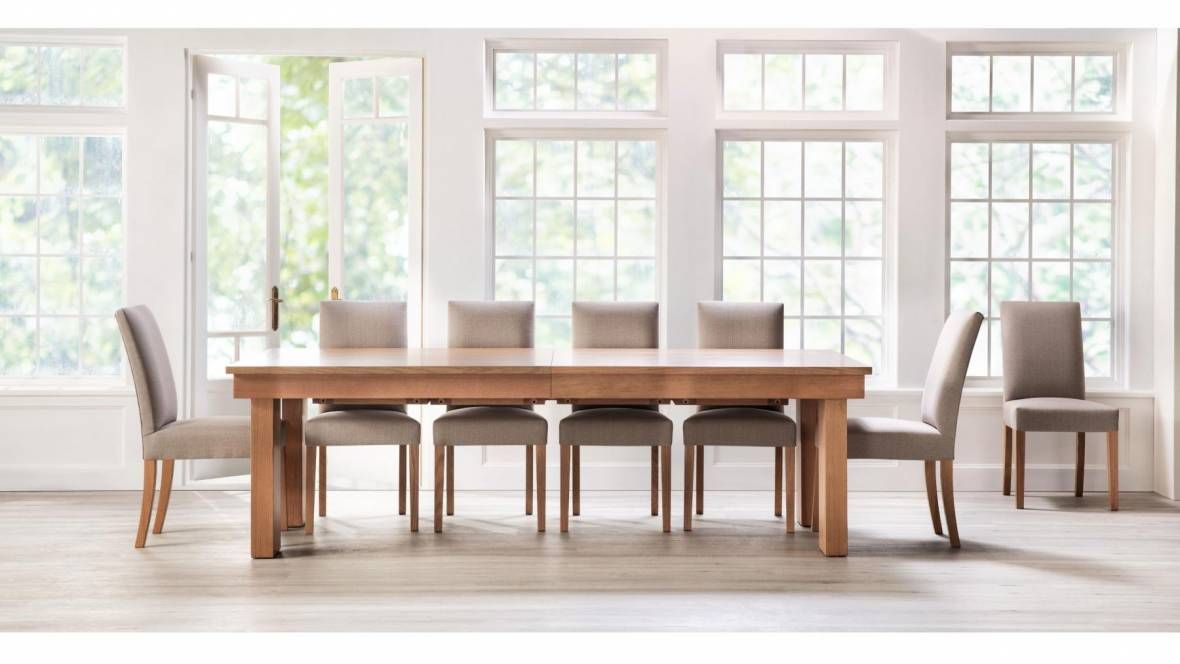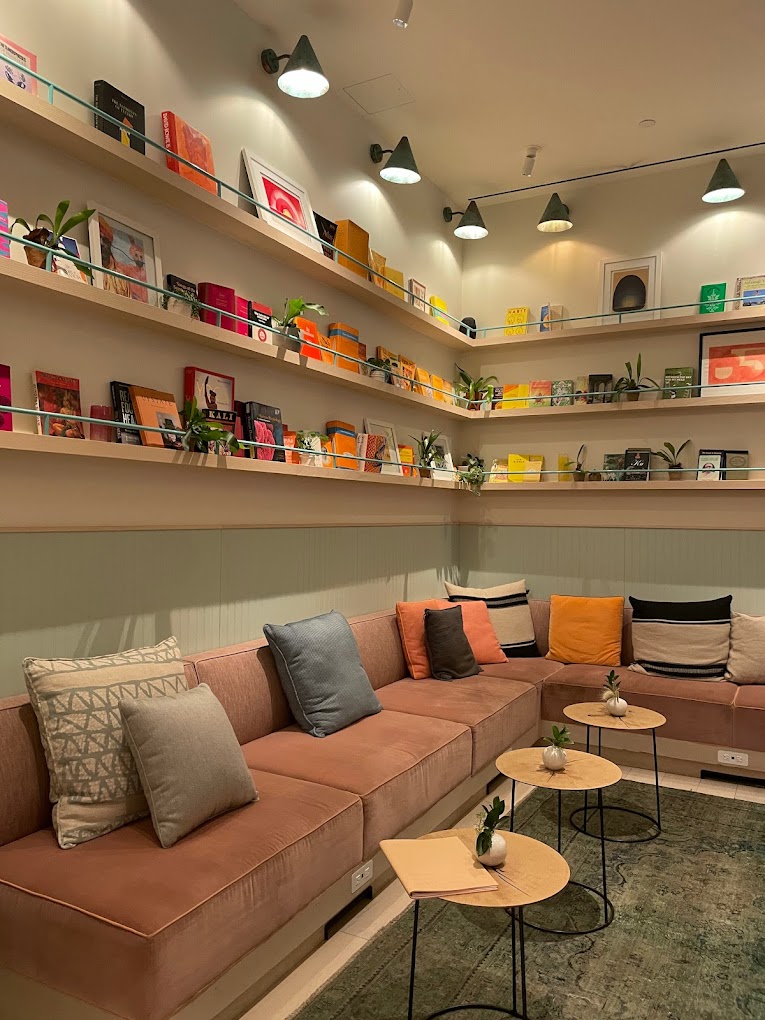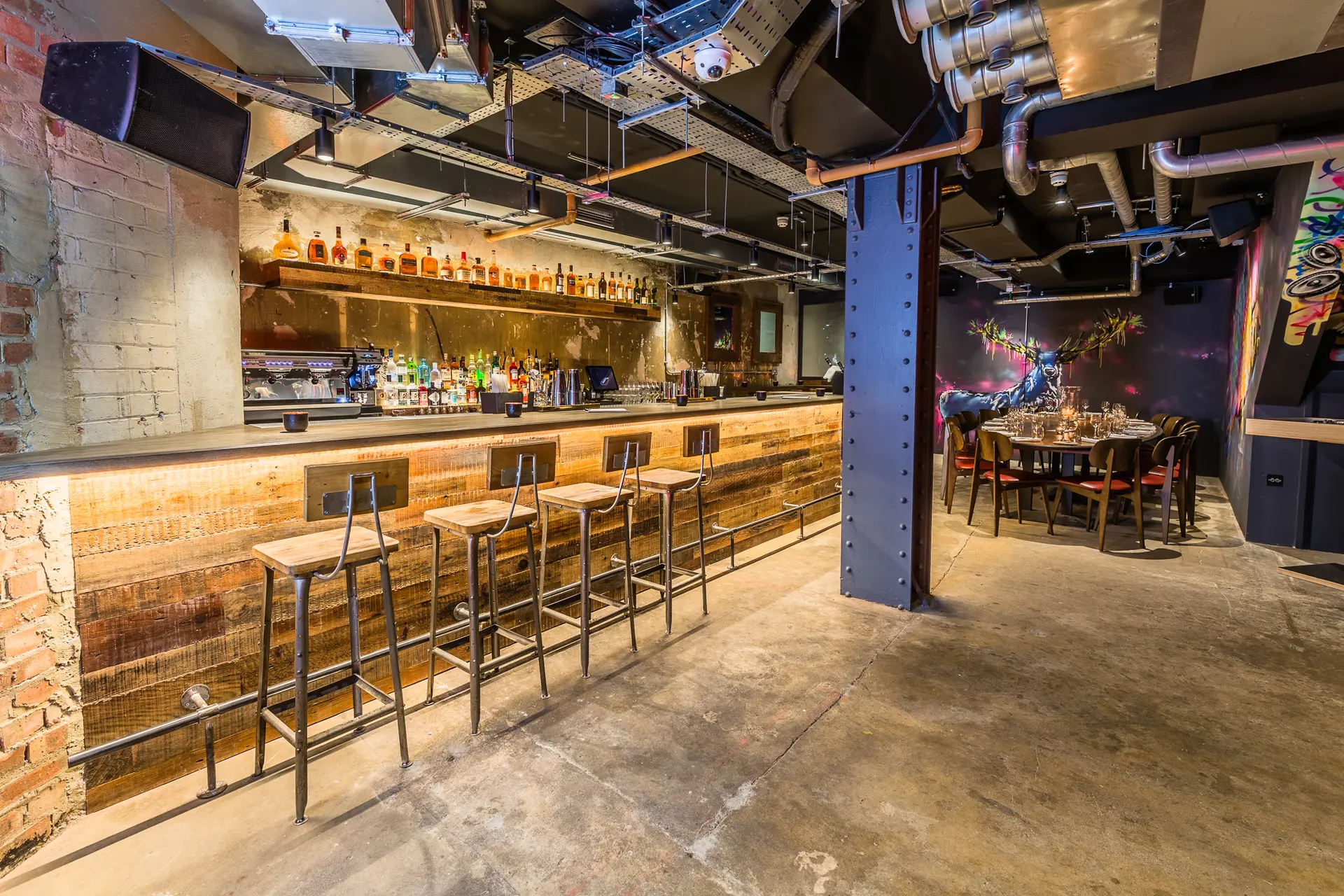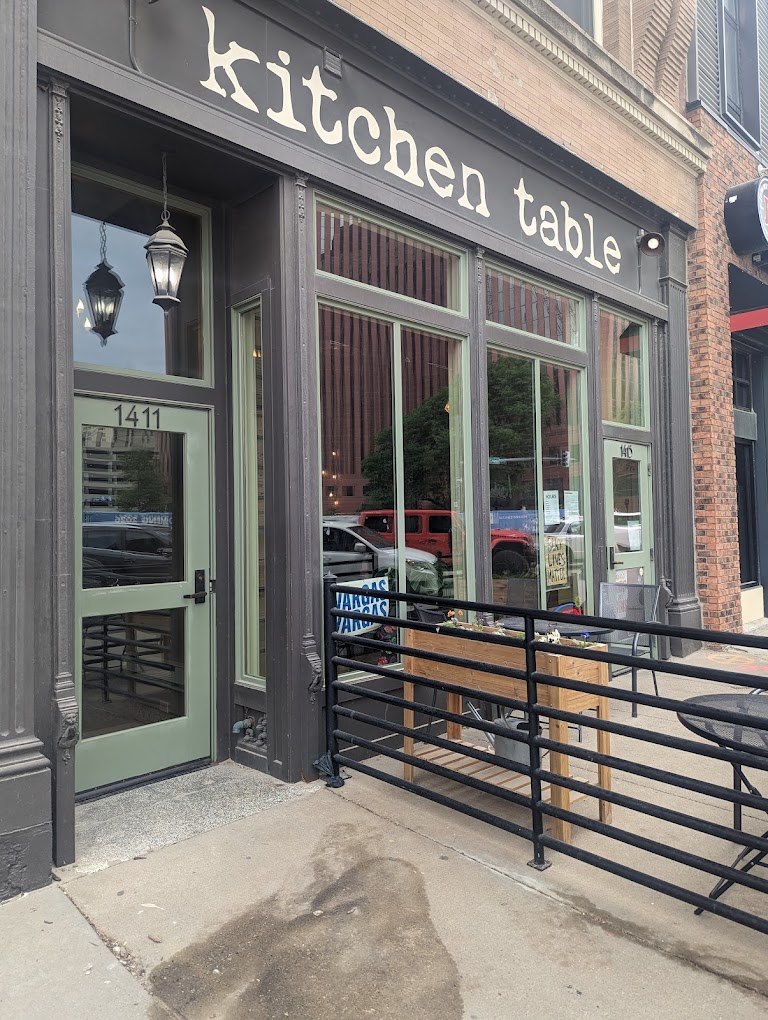When selecting a dining table, one of the most important choices is which wood to choose. The wood species greatly impacts the table’s durability, maintenance needs, cost, aesthetics, and overall vibe in your dining space.
Certain woods hold up better over decades of use while others require more careful handling. Grain patterns range from subtle to dramatic. Hues span pale birch to dark walnut. And prices run the gamut.
We’ll examine the unique properties of the top contenders for dining table wood to help you discover the best match for your home and lifestyle.
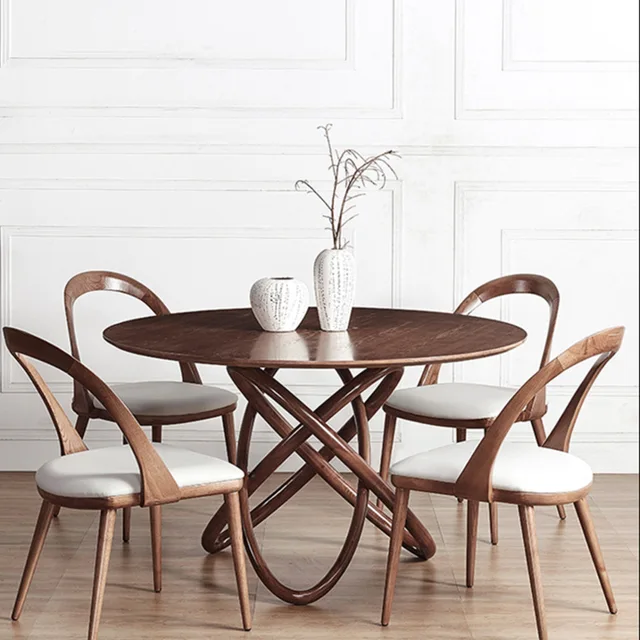
Durable Classic: Oak
Oak has served as the quintessential dining table wood throughout history, prized for its hearty durability and refined look. This beloved hardwood has what it takes to be passed down through generations of family meals.
Pros
- Extremely hard and dense composition withstands daily wear
- Subtle grain pattern provides classic, versatile look
- Stains and finishes beautifully
Cons
- On the heavy side for moving
- Requires more precision to mill detailed edges
- Prone to splitting if improperly dried
Overall, oak’s supreme strength and timeless beauty make it a foolproof pick for dining tables meant to last a lifetime or more. The modest grain and range of finish options allow it to suit any style.
Budget-Friendly: Rubber wood
For an eco-friendly hardwood that’s gentle on your wallet, consider rubber wood. It has a comparable look to oak but a more accessible price point.
Pros
- Made from recycled rubber trees so it’s sustainable
- Affordable option for solid hardwood
- Has a varied, attractive grain
Cons
- Softer than traditional hardwoods like oak
- Prone to dents and scratches without extra care
- Can develop darker spots when exposed to direct light
If you love the look of oak but not the cost, rubberwood is an excellent budget alternative. Just be prepared to take extra precautions to prevent surface damage.
Easy Maintenance: Maple
Maple offers a straight, uniform grain pattern combined with a hardy constitution that makes it a practical choice for dining. It stands up well to spills, stains, and scrapes of daily dining life.
Pros
- Extremely durable surface resists dents and wear
- Pale tone hides fingerprints andminor scratches
- Easy to clean and refinish
Cons
- Lacks visual depth and character of other woods
- Only available in lighter hues
- Prone to discoloration over time
For those who value fuss-free maintenance, maple is a dining table all-star. Its smooth, light appearance pairs well with any decor and disguises small imperfections. Just avoid direct sunlight to prevent fading.
Dramatic Beauty: Walnut
Prized for its lavish grain and deep chocolate color, walnut makes a seriously stunning statement in any dining space. Its richness pairs perfectly with both classic and modern design motifs.
Pros
- Gorgeous, varied grain has incredible visual depth
- Dark color highlights detailing and adds drama
- Develops a beautiful patina with age
Cons
- More expensive than lighter hardwoods
- Requires more vigilant cleaning and upkeep
- Can stain from water or heat damage
For those enamored with walnut’s striking elegance, the extra upkeep is worthwhile. Regular oiling will maintain its mystique for generations while the color schemes possible are endlessly versatile.
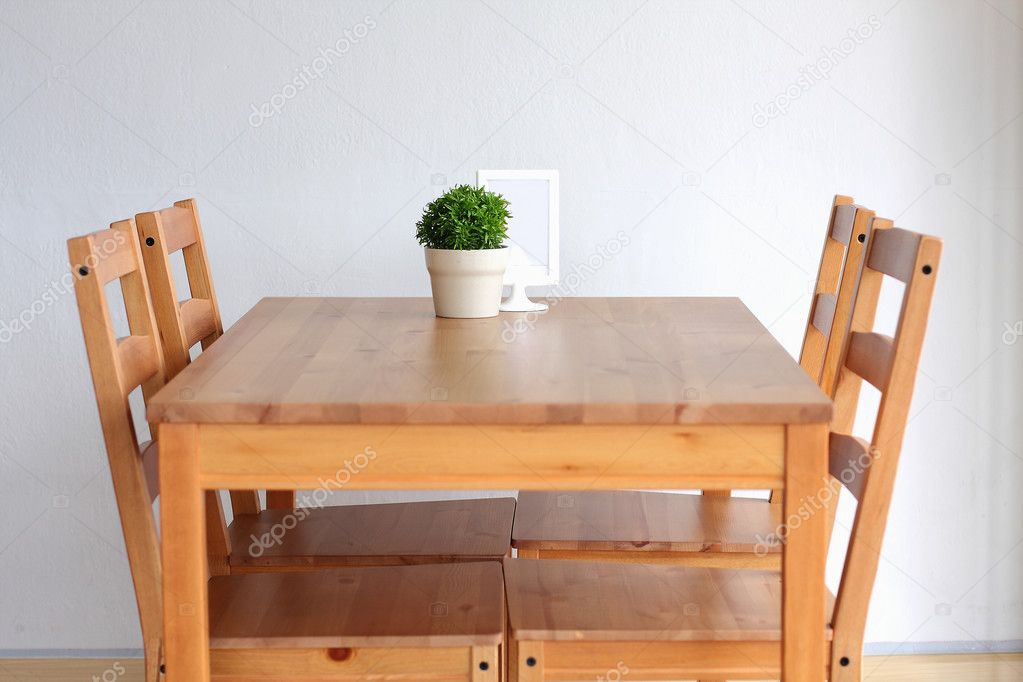
Budget Beauty: Poplar
Cost-conscious shoppers should take a closer look at poplar. When stained, this affordable wood mimics pricier counterparts like cherry or walnut at a fraction of the cost.
Pros
- Very inexpensive hardwood option
- Takes paint and stain beautifully to mimic pricier woods
- Resists warping better than other budget woods
Cons
- Lacks inherent beauty of fine hardwood grains
- Not as durable and scratch-resistant as oak or maple
- Requires refinishing more frequently
As long as some maintenance touch-ups don’t bother you, stained poplar provides luxury looks on a working class budget. Just focus on protecting the surface from heavy wear and tear.
Eco-Friendly Choice: Bamboo
For an eco-friendly dining table option, bamboo offers durability and beauty akin to hardwoods like oak but with a greener footprint. Rapidly renewable bamboo makes a sustainable pick.
Pros
- Made from highly renewable bamboo grasses
- Naturally resistant to water damage and spills
- Hard, dense composition resists nicks and scratches
Cons
- Prone to absorbing heat damage from hot plates
- Susceptible to UV light fading over time
- Limited color range focused on pale blondes
Bamboo dining tables let you make an environmentally sound choice without sacrificing quality or beauty. Just be diligent about using trivets for hot dishes and limiting direct sunlight exposure.
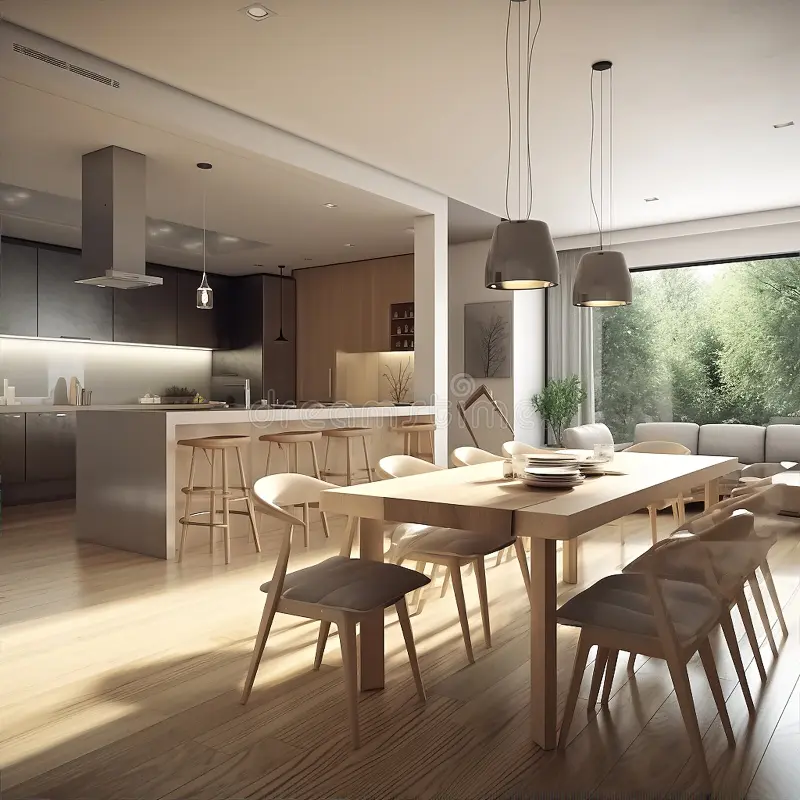
Rustic Charm: Pine
Lovers of rustic, farmhouse style will adore the relaxed vibe of pine dining tables. Pine’s pronounced knots and varied grain patterns add loads of texture.
Pros
- Inexpensive and widely available
- Casual, rustic look with intriguing grain
- Resins make it naturally weather and water resistant
Cons
- Softer composition more prone to dents than hardwoods
- Sap pockets can cause staining
- Has a less refined look than hardwoods
Pine brings approachable, lived-in appeal to a dining space at a very reasonable cost. As long as some nicks and dings don’t bother you, it makes a charming, budget-savvy choice.
Timeless Richness: Mahogany
For investment-worthy heirloom quality, look no further than mahogany. Its trademark reddish-brown patina and captivating grain patterns make it a dining table showstopper.
Pros
- Ages beautifully developing a deep, lustrous patina
- Immensely strong and resistant to scratches
- Stunning grain patterns and colors
Cons
- Very expensive, costing thousands for high quality
- Difficult to source in larger table sizes
- Requires special techniques to properly finish and refinish
When cost is no consideration, mahogany dining tables offer unmatched beauty and longevity. The richness only amplifies through the decades as mahogany ages gracefully.
No matter your priorities – budget, maintenance, style, or eco-impact – there is a dining table wood to suit your needs. Evaluate your lifestyle and design taste, then select a wood that will serve your family for years of memorable meals. With the proper care, a wood dining table can become a cherished heirloom.






